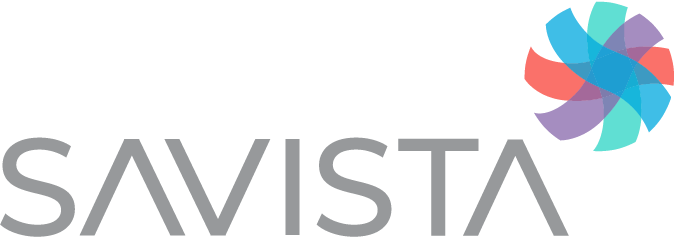John Hataway | Senior Director - Continuous Improvement & Automation
Typically, hearing the terms “Automation or AI” elicits one of two responses-- an immediate sense of apprehension and avoidance, or a complete overestimation about its capabilities, though in some cases those two responses go hand in hand. However, neither view is particularly helpful as one is trying to understand the tremendous power of this capability and employ it to appropriate places within their business.
The truth is, automation and AI are here and they’re here to stay. Though there are newly capable tools in both of these areas, those tools are really the outgrowth of a technology-focused transition that exists across almost all industries. Businesses that choose not to understand and adopt new technologies will be left behind. Still, others who rely too heavily upon it without proper planning and understanding may put their businesses at risk. Automation, including AI-enhanced automation, is certainly not a magic wand. It’s simply a tool, and like anything else, must be utilized strategically. A thorough understanding of the capabilities and limitations of the technology and a strategic utilization of its functionality are what’s needed to ensure success. It’s all about balance.
Within the healthcare revenue cycle specifically, automation can be a transformative force in enhancing efficiency, reducing errors and cutting costs. However, for healthcare systems looking to employ revenue cycle management automation, whether AI-enhanced or more traditional, there are key principles to keep in mind to ensure technologies are being utilized in the best ways and in the most impactable areas to achieve maximum and sustainable results.
Critical Automation Principles
Thoughtful integration design
Clear, well-defined underlying processes
Balance of technology and human elements
Automation within healthcare systems must always be balanced with a patient-centric approach.
Over the years, mainly due to cost-cutting measures, many healthcare systems have discontinued or reduced the scope of patient advocacy and engagement programs. With the recent focus and shift to automation capabilities as an additional cost-cutting measure, it will be critical to keep a patient-centric approach at the forefront, maintaining critical patient touches, patient education, and an omnichannel communication strategy while employing automation.
Automation is not a substitute for effective process design and management.
In fact, in most cases, automation requires more. Automation will amplify the accuracy of a well-designed process, and similarly, will amplify the flaws of a poorly designed one. To be effective, automation requires a foundation of meticulously designed and managed processes which must be created before any automation is implemented.
Automation without the understanding of underlying processes and the mechanisms of the automation can be a risk to an organization; there should always be a fallback plan.
When healthcare organizations choose to implement automation without a thorough understanding of the underlying processes and mechanisms, there can be significant risk to the organization. For example, when an automated system encounters an anomaly that it isn’t programmed to handle, the errors that result can have far-reaching negative impacts to the organization’s revenue cycle and bottom line. It’s critical that organizations have not only a thorough understanding of the technology doing the automation, but also of the systems and processes being automated and the potential errors and anomalies that could arise throughout the revenue cycle. A fallback plan should be implemented to handle these issues, including gaps and or lapses in the execution of the automations themselves, to ensure business continuity.
Automation initiatives must consider full costs (design, development, maintenance) as a part of ROI determination.
Before undertaking an automation project, all costs must be evaluated. This includes costs of any technology, initial design and development, and regular, ongoing maintenance which will be critical to ongoing success. All these costs must be factored in to determine the true ROI delivered over time. For example, some automation initiatives could require substantial investment in IT infrastructure and ongoing maintenance, so initially it could appear that labor costs may be reduced, but once the calculations are complete, the anticipated cost savings may not be realized as compared to current processes or alternative approaches.
In prioritizing and evaluating the value of automation initiatives and opportunities, consideration should be given for incremental value and not just cost cutting opportunity.
Yes, automation can reduce labor costs and other operational expenses, but its value extends much further. It also has potential to enhance accuracy; reducing the rate of billing errors which improves patient safety and trust in addition to any tangible cost savings. It also improves compliance by ensuring that every step of a process is performed consistently, in accordance with regulations. Lastly, it can also speed up processes, enabling the organization to handle higher volumes of work without increasing staffing levels or it can free up human resources from mundane, routine tasks to focus on more critical and strategic objectives.
Automation, particularly when enhanced with AI, holds great promise and potential for many businesses and specifically within the healthcare revenue cycle. However, to be successful, organizations must make balanced and informed decisions when evaluating these opportunities. With a patient-centric approach, careful process design and management, a deep understanding of the underlying processes and automation mechanisms, a comprehensive view of the costs with a balanced evaluation of the value, automation can truly be a game-changer.



